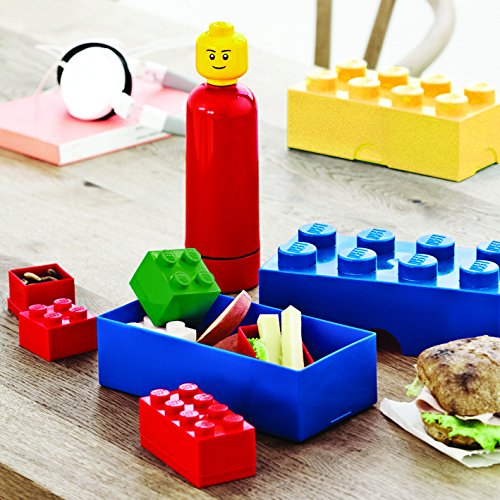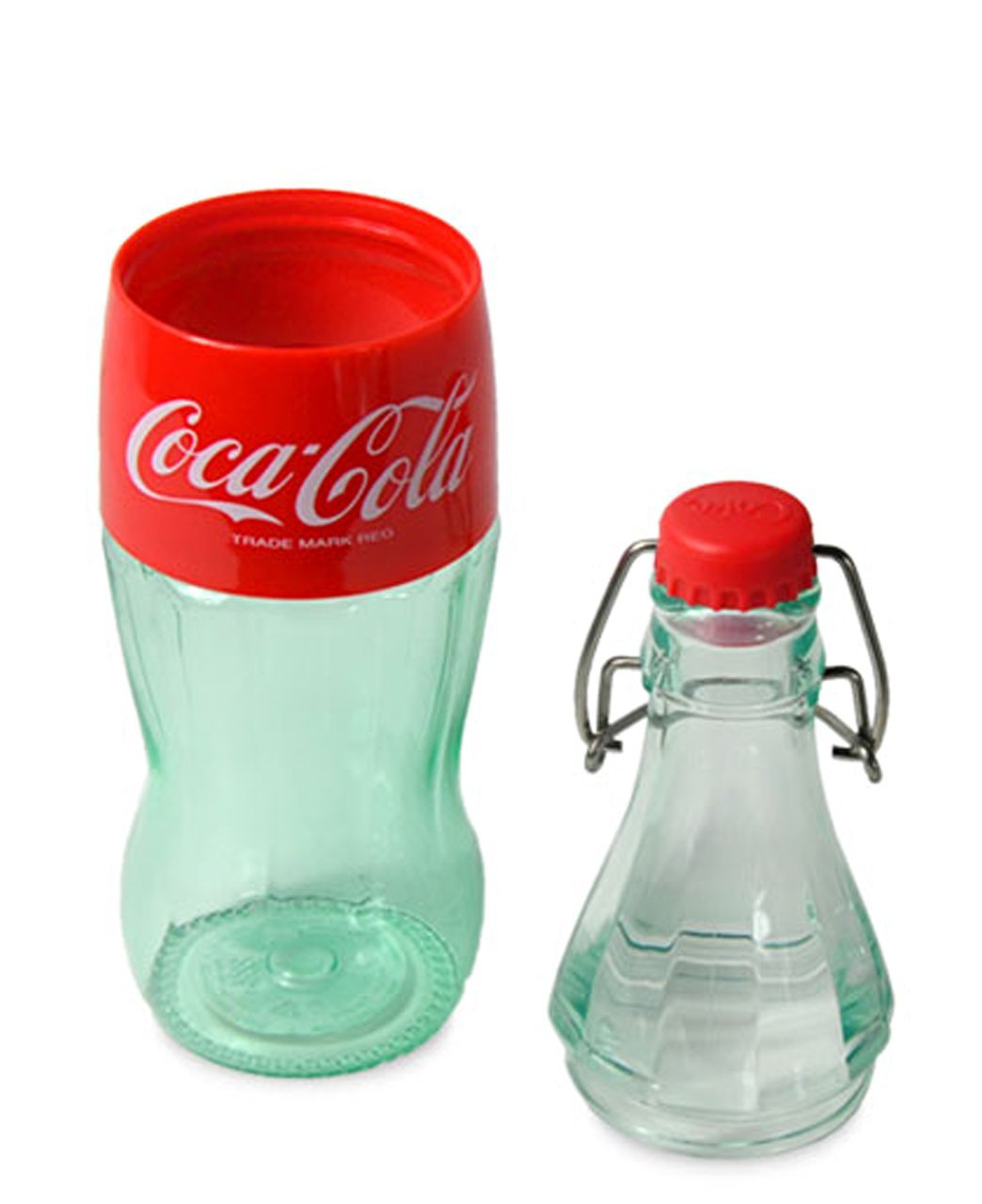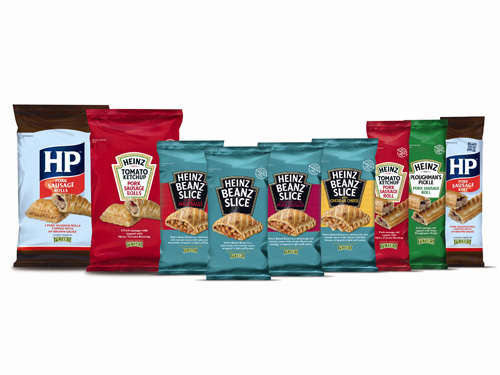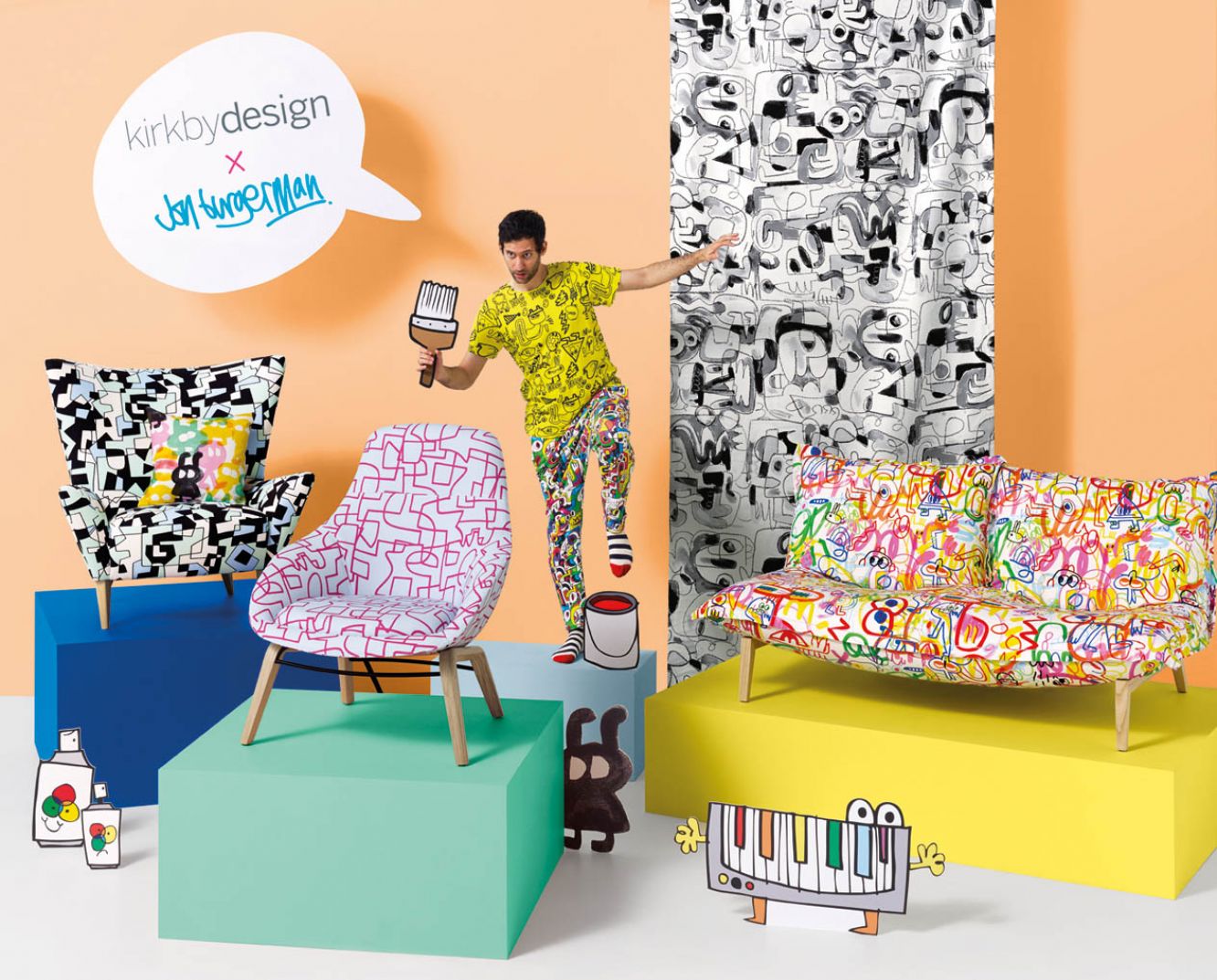Start Licensing’s Ian Downes takes a look at how LEGO keeps its licensed products ‘on brand’.
Sometimes the simplest ideas can be the most effective. This mantra applies across many business sectors but is relevant to licensing. While I am a great believer in looking for innovation in licensing and pushing product development beyond the basic ‘label slapping’, sometimes it is sensible to take half a pace back and consider the simple or obvious idea that might make the best product.
A product that I was alerted to this week by the excellent Retro to Go website falls into this category – simple but hugely effective. I am referring to a range of LEGO lunchboxes which are based on the LEGO brick shape. This product leverages LEGO’s brand equity well and utilises the iconic brick shape effectively. The product also stands out on shelf as different from other lunchboxes as an original offering – it is also functional, neat and I believe can be ‘played with’. It is part of a wider range of drinkware and utensils. I have only seen it available online but expect to see it in shops soon.
It is also a product that succeeds in having dual appeal: it works well for children and will, I am sure, be a popular ‘take to school’ lunchbox but it also has an appeal to (young) adults as a cool item with a retro appeal. LEGO has done a really good job with the licensing programme associated with its core product range.

I worked in concert with Simon Gresswell a few years ago as a consultant to LEGO and was struck at the time by LEGO’s determination to keep their licensed products ‘on brand’ and ‘on message’ – really pushing licensees to deliver licensed products that represented the brand effectively.
One example was a range of watches that included a play element with moveable pieces and that worked with the wider construction range.
These were developed by Clic Time over ten years ago and I am pleased to see that they are still the LEGO clock and watch licensee. This suggests that the approach taken by licensor and licensee has worked and the time taken to do the right thing has been rewarded. I think this is also a good example of the point that a long-term planned approach to licensing can be rewarding.
Clic Time also seem to have embraced dual licensing with watches that feature LEGO and character licences such as DC Comics and Star Wars. This is another trend in licensing that seems more common now with IP owners joining forces to create product ranges.
Working with LEGO was a really interesting project not least having the chance to visit their fascinating offices in Billund. This was over 10 years ago but I still remember that they had basketball hoops and balls along their corridors which made the journey between meetings fun as no one could resist the challenge to take some free throws. Of course we were always on time courtesy of our Clic Time watches…

On the theme of simple but effective I would also highlight Spearmark’s Coca Cola drinking bottle. Utilising the iconic Coca Cola contour bottle, Spearmark have created a re-useable drinking bottle that doubles up as a drinking beaker. It is a clever piece of kit that uses the iconic Coca-Cola bottle shape and brand equity well. This is another example where the licensee has thought through the opportunity and delivered a licensed product that is innovative but also simple and fully ‘on brand’.
Being on brand generally means better sales as consumers respond well to the product that they recognise (often thinking it has been produced by the brand owner rather than a licensee) and the licensee is getting full return on their licensing investment as they leverage the brand equity efficiently.

This kind of approach also works well in the FMCG sector. Peter’s Pies have a licence with Heinz to produce sausage rolls with Heinz Ketchup in the roll. A convenient product that trades on one of the most frequent sauce consumption occasions, but also fully utilises the brand dress of Heinz with Peter’s Pies packaging being in the signature Heinz red and using the iconic brand logo prominently.
In the supermarket or convenience store environment this brand association will encourage consumers to buy on impulse and Peter’s Pies have managed to create a real point of difference from their competitors. The buying decision which may be heavily swayed by price is changed and brand loyalty comes into play. I think this is a very clever use of a license and the core product. Peter’s Pies range also includes a Heinz Baked Bean meat slice and HP Sauce sausage rolls. I believe they also have a licence from Sharwood’s as well.

Finally, I would also flag up a fabulous home furnishings range that I saw which is a collaboration between urban artist Jon Burgerman and Kirkby Design. Jon has a unique design style which is bright, colourful and contemporary, holding an appeal to a youngish audience but one that is looking to set up home and furnish their own space.
Kirkby have recognised this and produced a range of furniture including easy chairs which feature an original Burgerman design. They look fantastic and have created a PR story for Kirkby Design – the range was featured in the Sunday Times Home section this week for example. This is a great case study of creative collaboration and also crossing new boundaries for licensing.
My task for this week is finding a place in my lounge for a Burgerman sofa and then persuading Mrs Downes that it does match our Farrow & Ball paint finish…
Ian Downes runs Start Licensing, an independent brand licensing agency. His Twitter handle is @startlicensing – he would welcome your suggestions for what to look out for.































